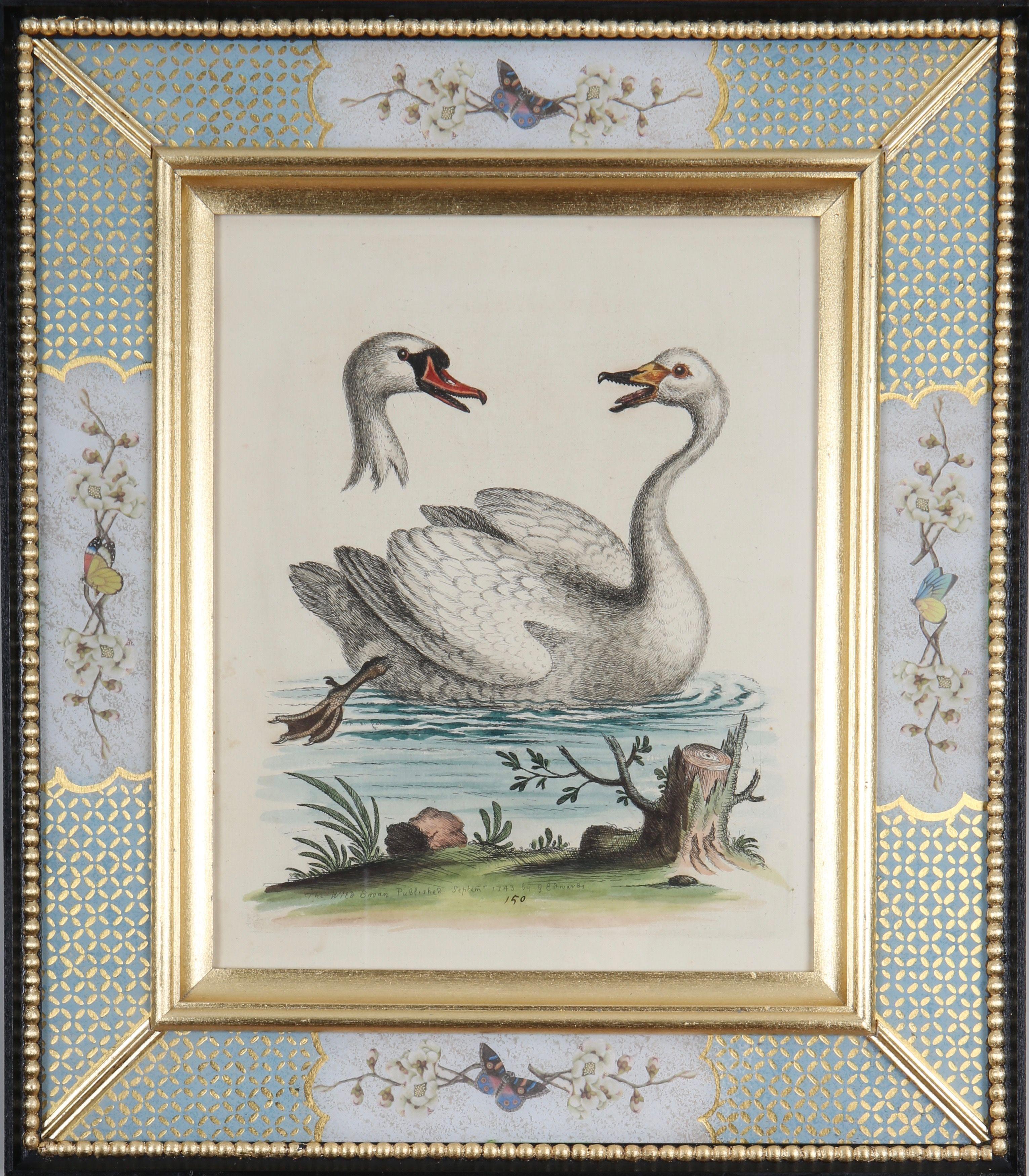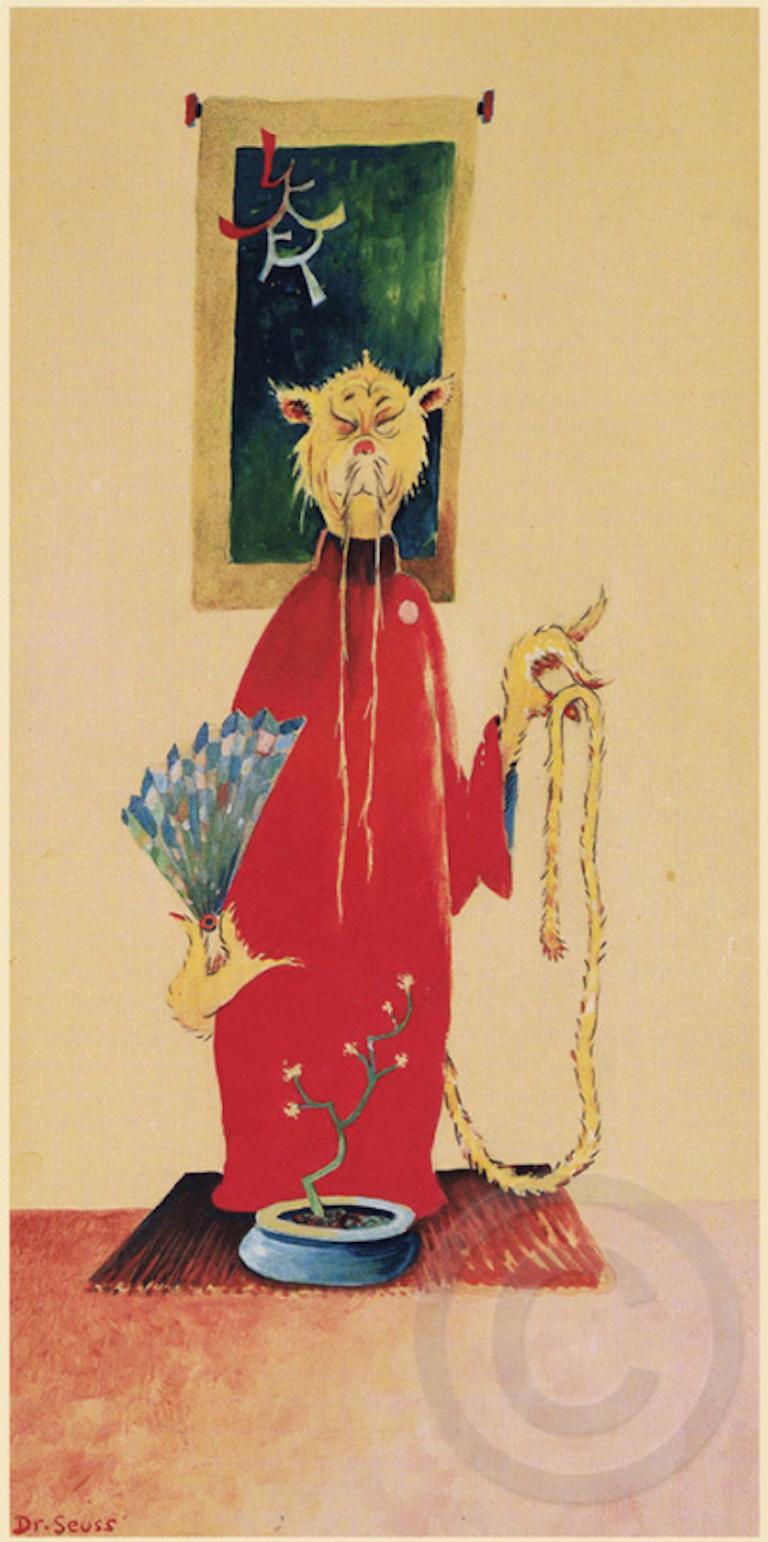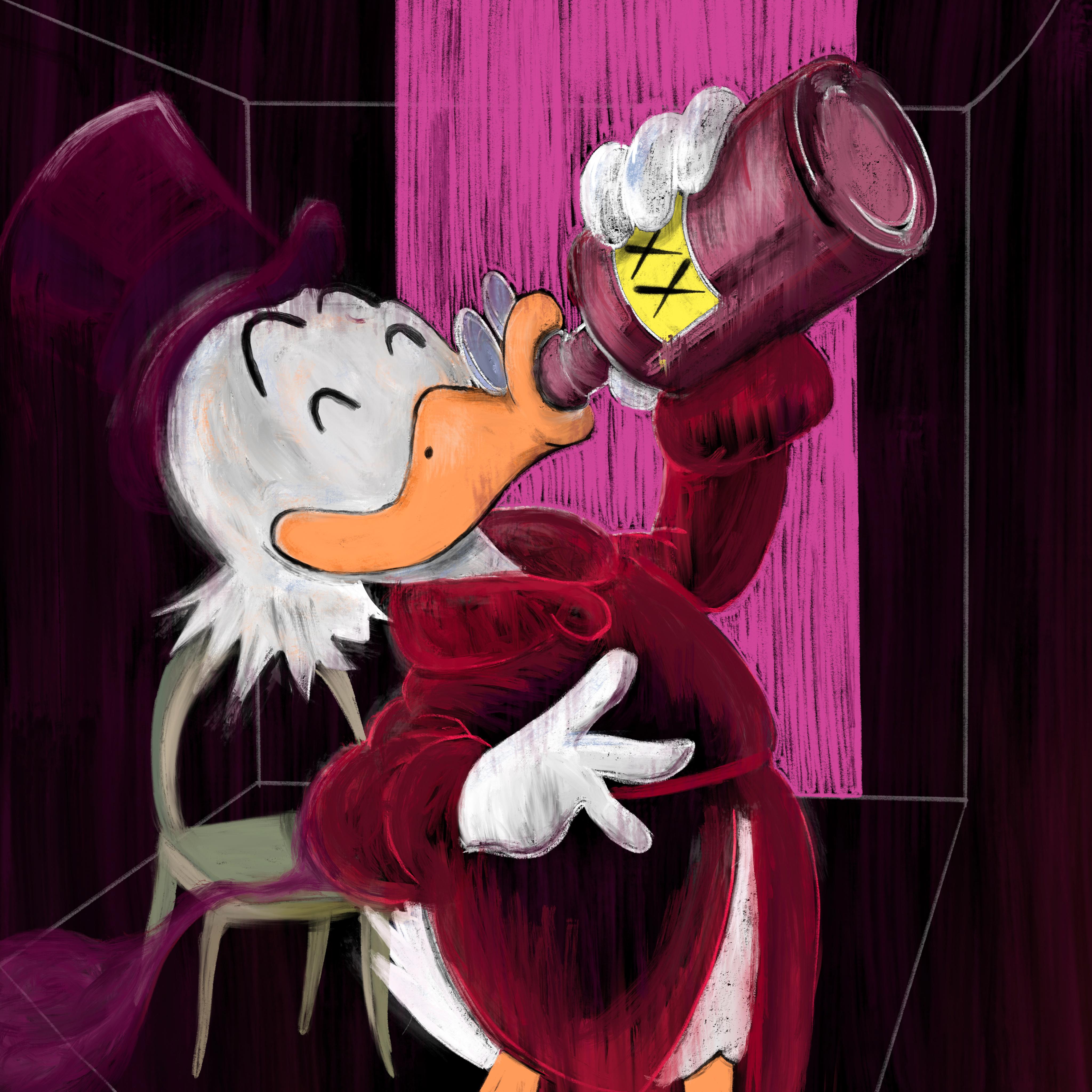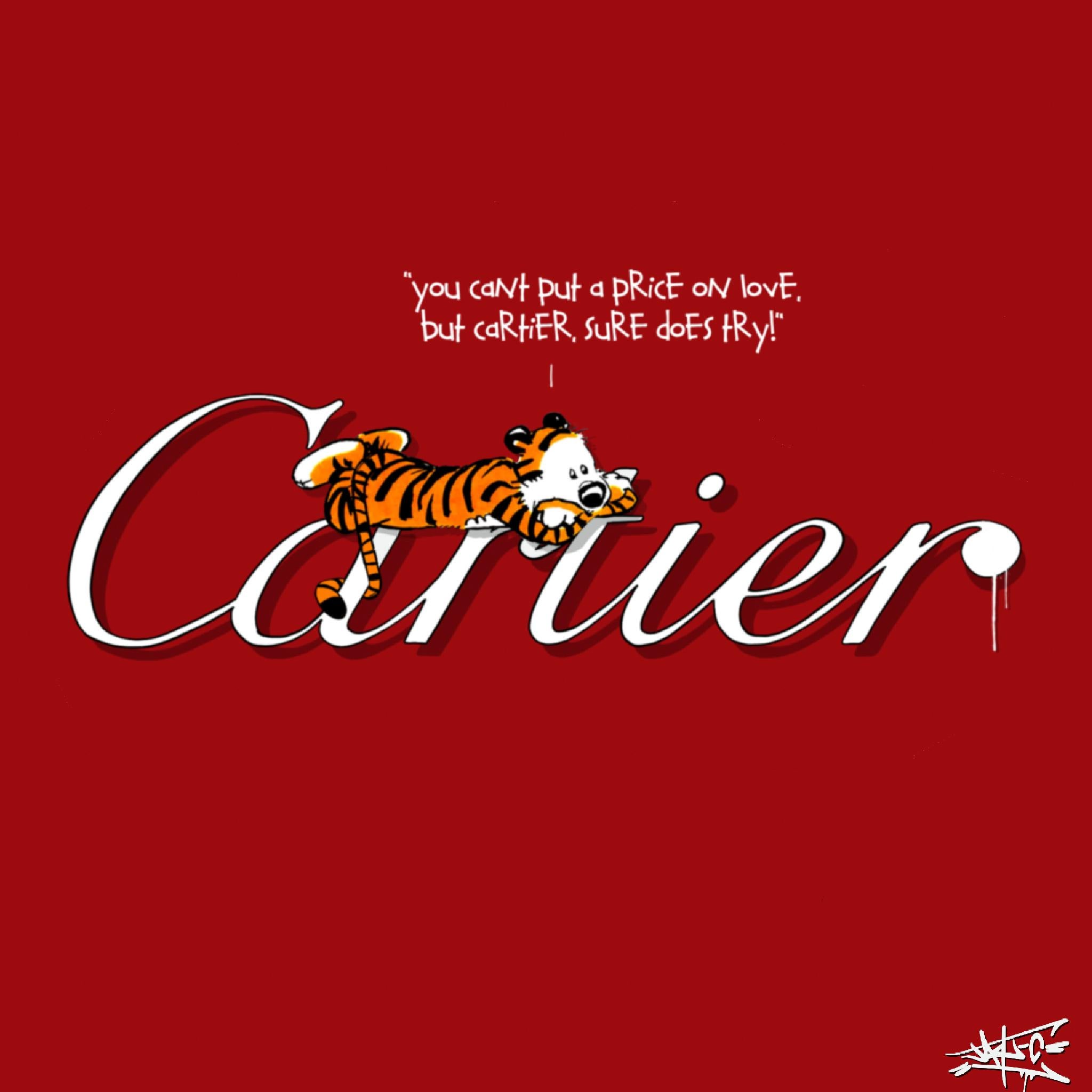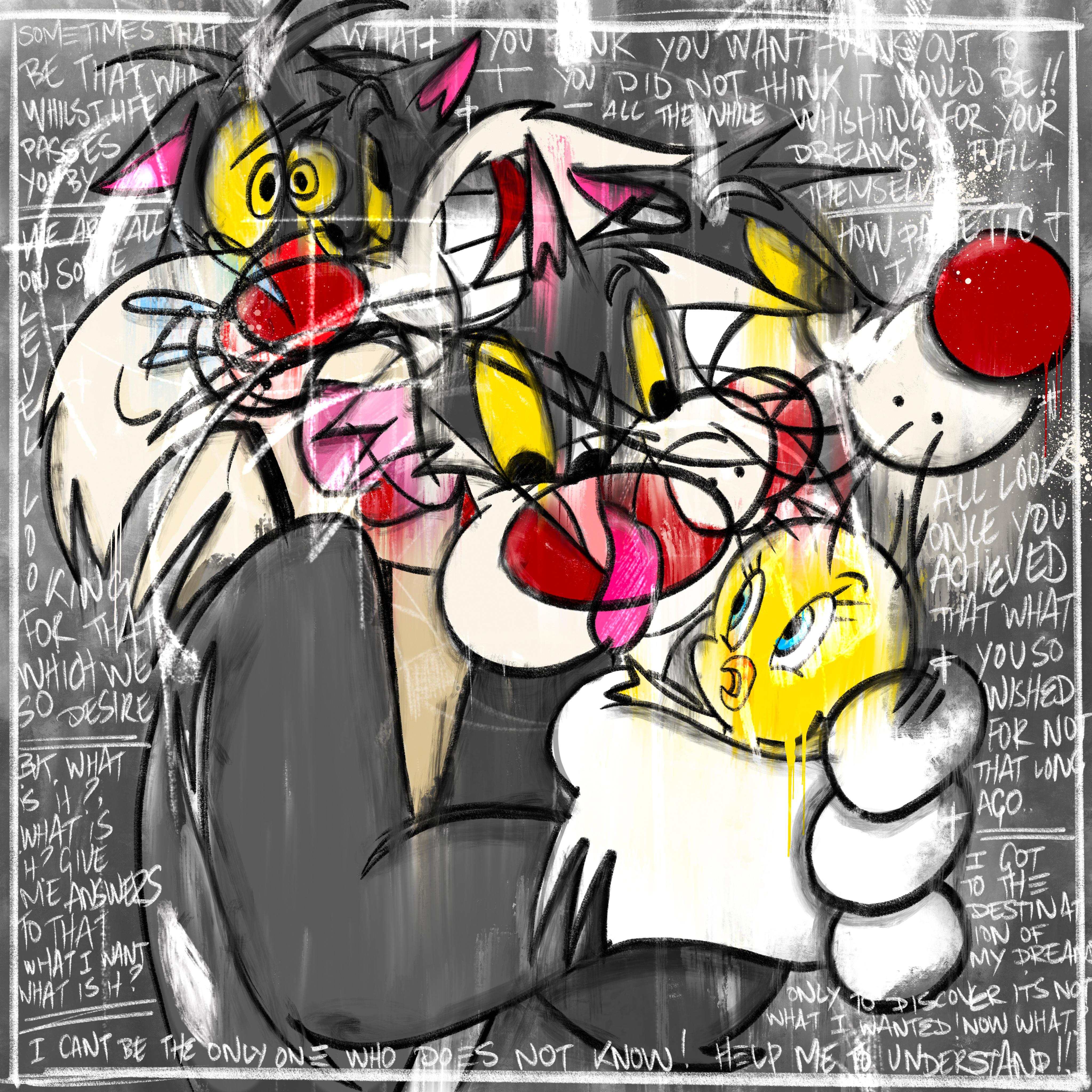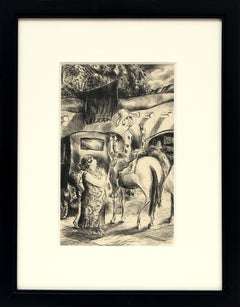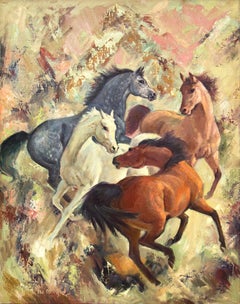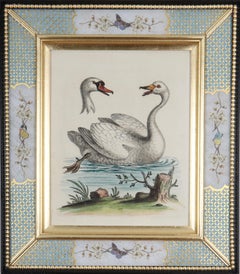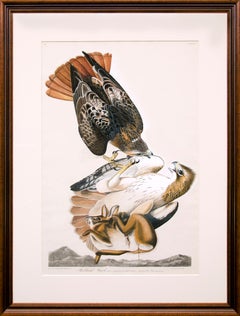
Red Tailed Hawk, Plate 51: The Birds of America (Havell, Double Elephant Folio)
View Similar Items
Want more images or videos?
Request additional images or videos from the seller
1 of 21
John James AudubonRed Tailed Hawk, Plate 51: The Birds of America (Havell, Double Elephant Folio)1827-1839
1827-1839
About the Item
- Creator:John James Audubon (1785-1851, American, French)
- Creation Year:1827-1839
- Dimensions:Height: 38.25 in (97.16 cm)Width: 25.5 in (64.77 cm)Depth: 0.1 in (2.54 mm)
- Medium:
- Movement & Style:
- Period:
- Condition:very good vintage condition.
- Gallery Location:Denver, CO
- Reference Number:Seller: DCG-250821stDibs: LU2737352742
About the Seller
5.0
Platinum Seller
These expertly vetted sellers are 1stDibs' most experienced sellers and are rated highest by our customers.
Established in 1979
1stDibs seller since 2013
264 sales on 1stDibs
Typical response time: 3 hours
More From This SellerView All
- Corralled Horse (Artists Proof), 1940s Framed American Modernist Horse EtchingBy Ethel MagafanLocated in Denver, CO"Corralled Horse", is an etching on paper by western artist Ethel Magafan (1916-1993) of a single dark horse standing outside in a wooden fenced corral. Presented in a custom frame, outer dimensions measure 19 x 23 inches. Image size is 10 x 14 inches. This is marked as an Artist Proof Piece is in very good condition - please contact us for a detailed condition report. Provenance: Estate of Artist, Ethel Magafan Expedited and international shipping is available - please contact us for a quote. About the Artist: Ethel Magafan Born 1916 Died 1993 The daughter of a Greek immigrant father and a Polish immigrant mother who met and married in Chicago, Ethel Magafan, her identical twin sister Jenne and their elder sister Sophie grew up in Colorado to which their father relocated the family in 1919. They initially lived in Colorado Springs where he worked as a waiter at the Antlers Hotel before moving to Denver in 1930 to be head waiter at the Albany Hotel. Two years later during the Great Depression Ethel and Jenne experienced at sixteen the tragic loss of their father who had encouraged their artistic aspirations. He was proud when Ethel, a student at Morey Junior High School, won top prizes in student poster contests sponsored by the Denver Chamber of Commerce and the Denver Post. At East High School in Denver she and Jenne contributed their art talents to the school’s and by their senior year were co-art editors of the Angelus, the 1933 yearbook. At East they studied art with Helen Perry, herself a student of André Lhote in Paris and the Art Institute of Chicago. Her decision to abandon an arts career to teach high school students served as an important example to Ethel and Jenne, who early on had decided to become artists. In a city-wide Denver competition for high school art students Ethel won an eighteenweek art course in 1932-33 to study at the Kirkland School of Art which artist Vance Kirkland had recently established in the Mile High City. Perry encouraged the Magafan twins’ talent, exposing them to the work of Matisse, Picasso and Cézanne and introducing them to local artists and architects like Frank Mechau and Jacques Benedict whom she invited to speak in her high school art classes. She paid the modest tuition for Ethel and Jenne to study composition, color, mural designing and painting at Mechau’s School of Art in downtown Denver in 1933-34. In the summer of 1934 and for a time in 1936 they apprenticed with him at his studio in Redstone, Colorado. When they returned to Denver in 1934 with no family breadwinner to support them, their mother insisted that they have real jobs so they worked as fashion artists in a Denver department store. When Jenne won the Carter Memorial Art Scholarship ($90.00) two years later, she shared it with Ethel so that both of them could enroll in the Broadmoor Art Academy (now the Colorado Springs Fine Arts Center) where they studied with Mechau. When the scholarship money ran out after two months, he hired them as his assistants. Along with Edward (Eduardo) Chavez and Polly Duncan, they helped him with his federal government mural commissions. At the Fine Arts Center Ethel also studied with Boardman Robinson and Peppino Mangravite, who hired her and Jenne in 1939 to assist him in his New York studio with two murals commissioned for the post office in Atlantic City, New Jersey. Like their Denver high school art teacher, Robinson also stressed the need to draw from nature in order to "feel" the mountains, which later become the dominant subject matter of Ethel’s mature work after World War II. Mechau trained her and her sister in the complex process of mural painting while they studied at the Colorado Springs Fine Arts Center, teaching them the compositional techniques of the European Renaissance masters. This also involved library research for historical accuracy, small scale drawing, and Page 2 of 4 the hand-making of paints and other supplies. Ethel recalled that their teacher "was a lovely man but he was a hard worker. He drove us. There was no fooling around." Her apprenticeship with Mechau prepared her to win four national government competitions, beginning at age twenty-two, for large murals in U.S. post offices: Threshing – Auburn, Nebraska (1938), Cotton Pickers – Wynne, Arkansas (1940), Prairie Fire – Madill, Oklahoma (1940), and The Horse Corral – South Denver, Colorado (1942). In preparation for their commissions Ethel and her sister made trips around the country to pending mural locations, driving their beat-up station wagon, dressed in jeans and cowboy boots with art supplies and dogs in tow. She and Jenne combined their talents in the mural, Mountains in Snow, for the Department of Health and Human Services Building in Washington, DC (1942). A year later Ethel executed her own mural, Andrew Jackson at the Battle of New Orleans, January 8, 1814, for the Recorder of Deeds Building, also in Washington, DC. Her first mural commission, Indian Dance, done in 1937 under the Treasury Department Art Project for the Senate Chamber in the United States Capitol, has since disappeared. Ethel and her sister lived and worked in Colorado Springs until 1941 when their residence became determined by the wartime military postings of Jenne’s husband, Edward Chavez. They moved briefly to Los Angeles (1941-42) and then to Cheyenne, Wyoming, while he was stationed at Fort Warren, and then back to Los Angeles for two years in 1943. While in California, Ethel and Jenne executed a floral mural for the Sun Room of the Beverly Hills Hotel and also painted scenes of the ocean which they exhibited at the Raymond and Raymond Galleries in Beverly Hills. While in Los Angeles they met novelist Irving Stone, author of Lust for Life, who told them about Woodstock, as did artists Arnold Blanch and Doris Lee (both of whom previously taught at the Colorado Springs Fine Arts Center school. In summer of 1945 Ethel, her sister and brother-in-law drove their station wagon across the country to Woodstock which became their permanent home. A year later Ethel married artist and musician, Bruce Currie, whom she met in Woodstock. In 1948 with the help of the GI Bill they purchased an old barn there that also housed their individual studios located at opposite ends of the house. The spatial arrangement mirrors the advice she gave her daughter, Jenne, also an artist: "Make sure you end up with a man who respects your work…The worst thing for an artist is to be in competition with her husband." In 1951 Ethel won a Fulbright Scholarship to Greece where she and her husband spent 1951-52. In addition to extensively traveling, sketching and painting the local landscape, she reconnected with her late father’s family in the area of Messinia on the Peloponnese peninsula in southern Greece. At the same time, her sister Jenne accompanied Chavez on his Fulbright Scholarship to Italy where they spent a productive year painting and visiting museums. Shortly after returning home, Jenne’s career was cut tragically short when she died of a cerebral hemorrhage at age thirty-six. It deeply affected Ethel whose own work took on a somber quality for several years conveyed by a darkish palette, as seen in her tempera painting, Aftermath (circa 1952). In the 1940s Ethel and her sister successfully made the important transition from government patronage to careers as independent artists. Ethel became distinguished for her modernist landscapes. Even though Ethel became a permanent Woodstock resident after World War II, from her childhood in Colorado she retained her love of the Rocky Mountains, her "earliest source of my lifelong passion for mountain landscape." She and her husband began returning to Colorado for annual summer camping trips on which they later were joined by their daughter, Jenne. Ethel did many sketches and drawings of places she found which had special meaning for her. They enabled her to recall their vital qualities which she later painted in her Woodstock studio, conveying her feeling about places remembered. She also produced a number of watercolors and prints of the Colorado landscape that constituted a departure from the American Scene style of her earlier paintings. Her postwar creative output collectively belongs to the category of landscape abstractionists as described by author Sheldon Cheney, although to a greater or lesser degree her work references Colorado’s mountainous terrain. She introduced a palette of stronger pastels in her paintings such as two temperas, Evening Mountains from the 1950s and Springtime in the Mountains from the early 1960s. In 1968 she was elected an Academician by the National Academy of Design in New York. Two years later, based on results of her many summer trips to Colorado, the U.S. Department of the Interior invited her to make on-the-spot sketches of the western United States, helping to document the water resources development and conservation efforts by the Department of the Interior. Her sketches were exhibited at the National Gallery in Washington, DC, and then sent on a national tour by the Smithsonian Institution. Similarly, her previous work as a muralist earned her a final commission at age sixty-three for a 12 by 20 foot Civil War image, Grant in the Wilderness, installed in 1979 in the Chancellorsville Visitors Center at the Fredericksburg National Military Park in Virginia. In the 1970s, too, she taught as Artist-in-Residence at Syracuse University and at the University of Georgia in Athens. Her many awards include, among others, the Stacey Scholarship (1947); Tiffany Fellowship (1949); Fulbright Grant (1951-52, in Greece with her husband); Tiffany Fellowship (1949); Benjamin Altman Landscape Prize, National Academy of Design (1955); Medal of Honor, Audubon, Artists (1962); Henry Ward Granger Fund Purchase Award, National Academy of Design (1964); Childe Hassam Fund Purchase Award, American Academy of Arts and Letters (1970); Silver Medal, Audubon Artists (1983); Champion International Corporation Award, Silvermine Guild, New Canaan, Connecticut (1984); John Taylor Award, Woodstock Artists Association, Woodstock, New York (1985); Harrison Cady...Category
1940s American Modern Figurative Prints
MaterialsEtching, Paper
- Cowboy on Horseback with Tourists, 1930s Fine Art Print, Regional American SceneBy Caroline Speare RohlandLocated in Denver, COCowboy on Horseback with Tourists is a lithograph circa 1935 by Caroline Speare Rohland. Presented in a custom black frame, outer dimensions measure 17 ⅞ x 13 ⅝ x ⅝ inches. Image sig...Category
Mid-20th Century American Modern Figurative Prints
MaterialsLithograph
- A Little Nippy, Framed Oil Painting with Horses, New Mexico Female ArtistBy Ila Mae McAfeeLocated in Denver, COOil on canvas board painting by Ila Mae McAfee (1987-1995) titled "A Little Nippy" portraying four horses in different color tones. Signed by the artist in the lower left corner and titled verso. Presented in a custom frame, outer dimensions measure 33 ½ x 27 ½ x 1 ⅜ inches. Image size is 27 ⅞ x 21 ¾ inches. Painting is clean and in very good vintage condition - please contact us for a detailed condition report. Provenance: Private Collection, Denver, Colorado Expedited and international shipping is available - please contact us for a quote. About the Artist: As a girl growing up in a ranching community near Gunnison, Colorado, Ila McAfee loved to ride horses and to make sketches. Riding ten-miles round trip to school and back, she developed empathy for these magnificent animals, which remained with her and served as the basis for her life in art. Gathering any scraps of paper that she could find, she drew their forms, and her first full image of a horse was in the family Bible. As an adult, she declared, “I just imagine them as if their being existed in a mythological realm.” McAfee went to Los Angeles and studied at the West Lake School...Category
Mid-20th Century American Modern Animal Paintings
MaterialsOil
- Watercolor Painting, Horses, Carriage, Buildings in Blue, Yellow and BrownBy Alfred WandsLocated in Denver, COVintage original modernist watercolor painting of horses attached to a carriage and buildings by Alfred Wands (1904-1998). It is painted in blues, yellows, and browns. Presented in a...Category
20th Century American Impressionist Animal Paintings
MaterialsPaper, Watercolor
- Mid Century Abstract Bird in Yellow, Orange, Green Blue and Black, Oil PaintingLocated in Denver, COUntitled abstract oil on canvas painting by Henriette "Yetti" Stolz. Portraying an abstracted bird in earth tone colors of brown, green, and orange. Presented in a vintage frame meas...Category
20th Century Abstract Abstract Paintings
MaterialsCanvas, Oil
- Sueno del Caballo or Expressive Cranium, Southwestern Horse Skull Oil PaintingBy José García NarezoLocated in Denver, CO"Untitled (Sueno del Caballo/Cranium or Expressive Cranium)", is a oil on board by Jose Garcia Narezo (1922-1994) of a horse skull and cloth in a wi...Category
1930s American Modern Landscape Paintings
MaterialsOil, Canvas
You May Also Like
- George Edwards: 18th Century Engravings of Ducks And Wading BirdsBy George EdwardsLocated in Richmond, GBGeorge Edwards: ""A History of Uncommon Birds"", 1749-1761. A prominent English naturalist and ornithologist, George Edwards (1694 -1773) is best known for his work, ""A Natural Hi...Category
18th Century Animal Paintings
MaterialsWatercolor, Engraving
- Wisdom of the Orient Cat (Deluxe edition)By Dr. Seuss (Theodore Geisel)Located in Miami, FLDr. Seuss Wisdom of the Orient Cat (Deluxe edition)Serigraph on Hand-made Japanese Paper Deluxe Edition of 250 Image Size: 58" x 29" Paper Size: 62” x 31” Adapted posthumously from ...Category
1960s Animal Prints
MaterialsHandmade Paper
- Alice Zilberberg - Bear With It, Photography 2019, Printed AfterBy Alice ZilberbergLocated in Greenwich, CTBear With It Series: Meditations Photo-based painting on Canson Infinity Rag Photographique Available sizes 30 x 32 in Edition of 15 40 x 42 in Edition of 12 60 x 62 in E...Category
2010s Contemporary Animal Paintings
MaterialsArchival Ink, Archival Paper, Photographic Paper, Digital, Archival Pigm...
- Different Directions by Melanie Yazzie, monotype, fish, bird, blue, red, goldBy Melanie YazzieLocated in Santa Fe, NMDifferent Directions by Melanie Yazzie, monotype, fish, bird, blue,red,gold unframed, unique monotype As a printmaker, painter, and sculptor, my work draws upon my rich Diné (Navajo...Category
2010s Contemporary Animal Prints
MaterialsMonotype
- Baconolism! Pop Art, Street ArtBy Jay-CLocated in Munich, DEEdition 5 JAY-C – the pseudonym of this innovative young artist known for his subversive use of familiar figures and symbols. Using a distinct and fine British sense of humour, he ...Category
2010s Pop Art Animal Paintings
MaterialsMixed Media, Pigment, Archival Pigment
- Torro Negro, Painting, Pop Art, Street Art, Black bullBy Jay-CLocated in Munich, DEEdition 5 Portrait oof a black bull with Basquiat crown JAY-C – the pseudonym of this innovative young artist known for his subversive use of familiar figures and symbols. Using a d...Category
2010s Pop Art Animal Paintings
MaterialsMixed Media, Pigment, Archival Pigment
Recently Viewed
View AllMore Ways To Browse
Vintage Elephant Prints
Aquatint Male
Antique Vintage Bird Prints
America Borealis
Hawk Engraving
R Havell
Audubon Hawk
Audubon Hare
Red Tailed Hawk
Red Tail Hawk
Hawk Etching
John James Audubon On Sale
Elephant Circus Vintage Art
Antique Plate Cameras
Diamond Dust Hirst
Warhol Cows
Antique Plate Camera
Gould And Richter
